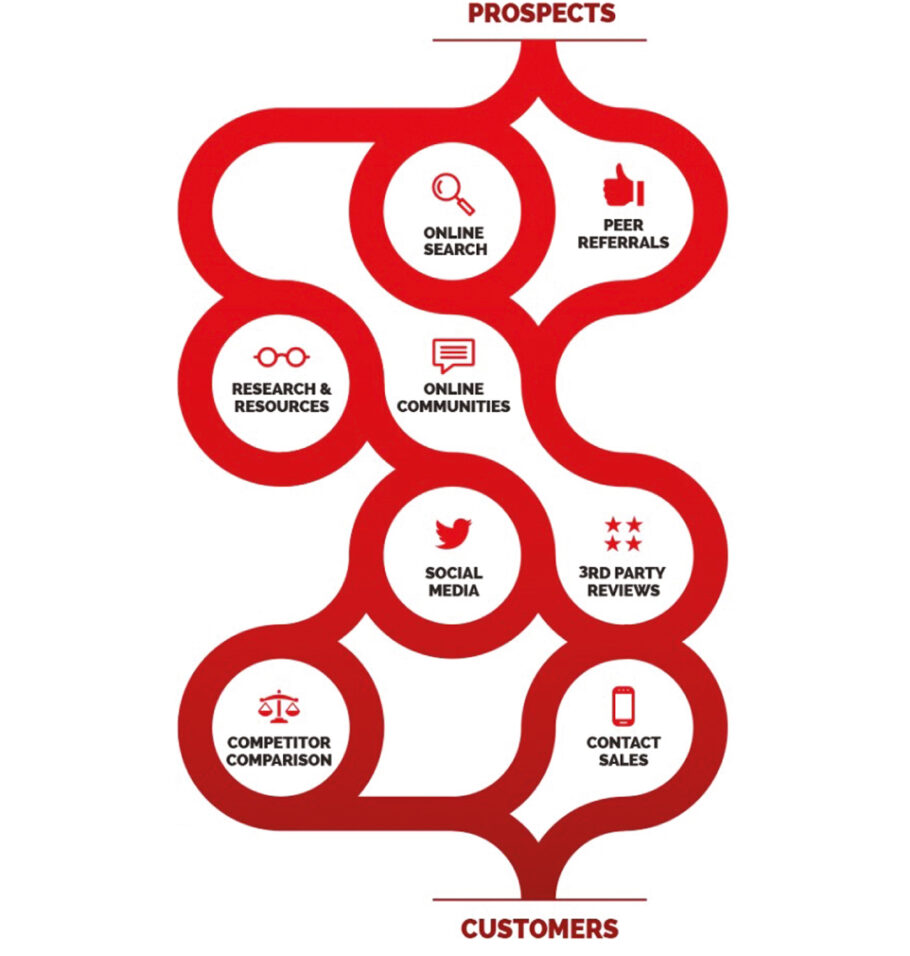All roads (should) lead to conversion
Imagine a world where marketing and sales teams work together seamlessly as one, joyfully reaping the rewards of a successful, cohesive process. It’s not so easy, is it?
Marketing and sales notoriously work in silos; fully invested in delivering their own objectives with their feet firmly positioned at opposite ends of the traditional sales funnel. And even those that do try to play nicely together often fall foul of inherent roadblocks, such as the use of different reporting metrics and KPIs.
The B2B buyer experience is primarily driven by marketing and sales teams, so it’s crucial for businesses to take action to keep the two aligned. Doing so will ensure B2B companies are better equipped to target the right customers and prospects with relevant messaging and content, as well as invest resources where they will have the most impact.
Because – unlikely as it may seem – alignment between these two functions is possible.
Stereotypes create divides
In the B2B world, aligning marketing and sales has been a challenge for decades. If you believe the stereotypes, sales representatives see marketing activity as too abstract or not relevant enough and label marketers as ‘pen pushers’ or ‘academics’.
Meanwhile, marketers see the other side as ‘cowboys’ and ‘incompetent’, often underutilising content that is intended to help them.
The two departments have virtually no overlap in their day-to-day activities and, very often, sit completely separately to each other as well. But the crux of the issue is that marketing and sales typically operate with radically different key performance indicators (KPIs).
This means that sales can have a great year with no direct correlation to marketing activity (for example through upselling or renewals), while marketing can achieve record quantities of impressions or leads without knowing if these ever turn into sales.
This isn’t sustainable. Sooner or later, the lack of cohesion between the two departments – and the gap in the sales funnel this creates – will affect overall business performance.





